
Summer on the Lakes, in 1843 is a nonfiction book by American writer and transcendentalist Margaret Fuller based on her experiences traveling to the Great Lakes region.

Summer on the Lakes, in 1843 is a nonfiction book by American writer and transcendentalist Margaret Fuller based on her experiences traveling to the Great Lakes region.
Margaret Fuller wrote the book based on her travel journals while visiting the Great Lakes region and places like Chicago, Milwaukee, Niagara Falls, and Buffalo, New York. [1] Along the way, she interacted with several Native Americans, including members of the Ottawa and the Chippewa tribes, [2] which she considered anthropologically in the book and, ultimately, presented as people in need of sympathy. [3] During her trip, she was accompanied by Caroline Sturgis Tappan, [4] a close friend and confidante who also was a catalyst to many of Fuller's ideas about art, women, and mysticism. [5]
The genre of the book is difficult to classify. Scholar Dorothy Z. Baker noted that the book has been variously defined as "Transcendental travelogue, a sketchbook, and a social and political tract". [6]
Fuller began working on the book upon her return to New England. She completed the manuscript on her 34th birthday in 1844. [7] In preparing the book, she did further research on the region at the library at Harvard College; [1] she is believed to be the first woman allowed to use Harvard's library. [8]
The book was published in May 1844 by Little & Brown; it went into three printings in Fuller's lifetime. [6] Critic Evert Augustus Duyckinck called it "the only genuine book, I can think of, this season." [9] Some critics, however, disliked the lack of coherence in the book. Critic Caleb Stetson in the Christian Examiner wrote that the book was made up of "things connected by no apparent link of association with the objects which seem to fill her eye and mind... except for the fact that they occurred in the course of her reading or were called up from the depths by some mysterious association". [10]
An abridged version edited by her brother Arthur Buckminster Fuller was published posthumously in 1856 in a collection titled At Home and Abroad; or, Things and Thoughts in America and Europe. [6]
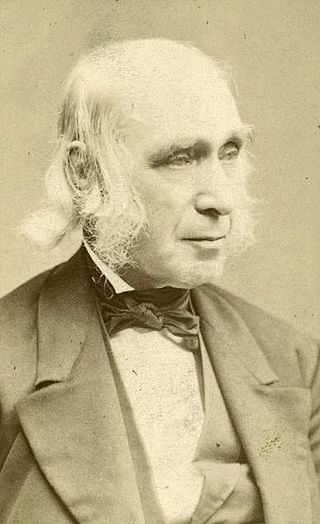
Amos Bronson Alcott was an American teacher, writer, philosopher, and reformer. As an educator, Alcott pioneered new ways of interacting with young students, focusing on a conversational style, and avoided traditional punishment. He hoped to perfect the human spirit and, to that end, advocated a plant-based diet. He was also an abolitionist and an advocate for women's rights.

Ralph Waldo Emerson, who went by his middle name Waldo, was an American essayist, lecturer, philosopher, abolitionist, and poet, who led the transcendentalist movement of the mid-19th century. He was seen as a champion of individualism and critical thinking, as well as a prescient critic of the countervailing pressures of society and conformity. Friedrich Nietzsche considered him "the most gifted of the Americans", and Walt Whitman referred to him as his "master".
Transcendentalism is a philosophical, spiritual, and literary movement that developed in the late 1820s and 1830s in the New England region of the United States. A core belief is in the inherent goodness of people and nature, and while society and its institutions have corrupted the purity of the individual, people are at their best when truly "self-reliant" and independent. Transcendentalists saw divine experience inherent in the everyday, rather than believing in a distant heaven. Transcendentalists saw physical and spiritual phenomena as part of dynamic processes rather than discrete entities.

Elizabeth Palmer Peabody was an American educator who opened the first English-language kindergarten in the United States. Long before most educators, Peabody embraced the premise that children's play has intrinsic developmental and educational value.

Maria White Lowell was an American poet and abolitionist. Her poems were privately printed by her husband, James Russell Lowell, the poet, two years after her death.

Sarah Margaret Fuller, sometimes referred to as Margaret Fuller Ossoli, was an American journalist, editor, critic, translator, and women's rights advocate associated with the American transcendentalism movement. She was the first American female war correspondent and full-time book reviewer in journalism. Her book Woman in the Nineteenth Century is considered the first major feminist work in the United States.
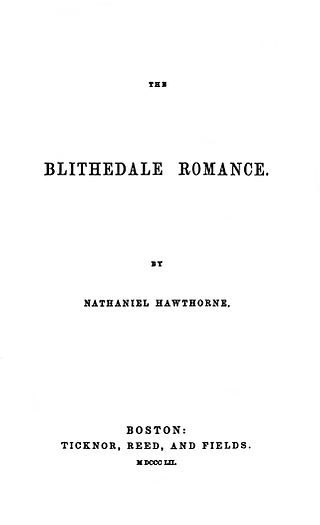
The Blithedale Romance is a novel by American author Nathaniel Hawthorne published in 1852. It is the third major "romance", as he called the form. Its setting is a utopian farming commune based on Brook Farm, of which Hawthorne was a founding member and where he lived in 1841. The novel dramatizes the conflict between the commune's ideals and the members' private desires and romantic rivalries.
The Transcendental Club was a group of New England authors, philosophers, socialists, politicians and intellectuals of the early-to-mid-19th century which gave rise to Transcendentalism.
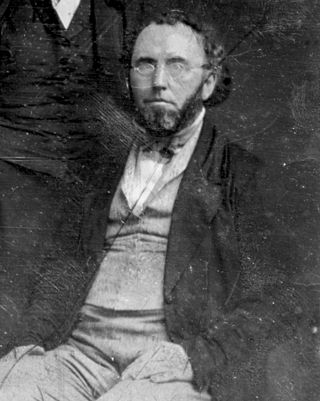
George Ripley was an American social reformer, Unitarian minister, and journalist associated with Transcendentalism. He was the founder of the short-lived Utopian community Brook Farm in West Roxbury, Massachusetts.

Frederic Henry Hedge was a New England Unitarian minister and Transcendentalist. He was a founder of the Transcendental Club, originally called Hedge's Club, and active in the development of Transcendentalism. He was one of the foremost scholars of German literature in the United States.
Sophia Willard Dana Ripley (1803–1861), wife of George Ripley, was a 19th-century feminist associated with Transcendentalism and the Brook Farm community.
The Dial was an American magazine published intermittently from 1840 to 1929. In its first form, from 1840 to 1844, it served as the chief publication of the Transcendentalists. From the 1880s to 1919 it was revived as a political review and literary criticism magazine. From 1920 to 1929 it was an influential outlet for modernist literature in English.

The Old Manse is a historic manse in Concord, Massachusetts, United States, notable for its literary associations. It is open to the public as a nonprofit museum owned and operated by the Trustees of Reservations. The house is located on Monument Street, with the Concord River just behind it. The property neighbors the North Bridge, a part of Minute Man National Historical Park.

The Wayside is a historic house in Concord, Massachusetts. The earliest part of the home may date to 1717. Later it successively became the home of the young Louisa May Alcott and her family, who named it Hillside, author Nathaniel Hawthorne and his family, and children's writer Margaret Sidney. It became the first site with literary associations acquired by the National Park Service and is now open to the public as part of Minute Man National Historical Park.
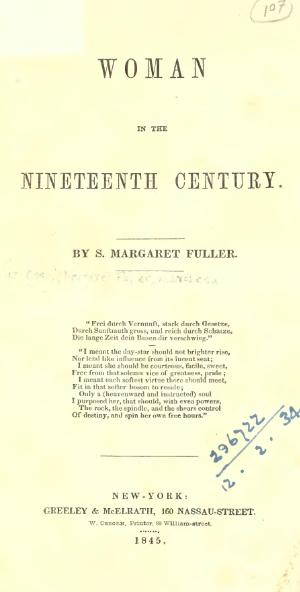
Woman in the Nineteenth Century is a book by American journalist, editor, and women's rights advocate Margaret Fuller. Originally published in July 1843 in The Dial magazine as "The Great Lawsuit. Man versus Men. Woman versus Women", it was later expanded and republished in book form in 1845.

Ellen Sturgis Hooper was an American poet. A member of the Transcendental Club, she was widely regarded as one of the most gifted poets among the New England Transcendentalists. Her work is occasionally reprinted in anthologies.
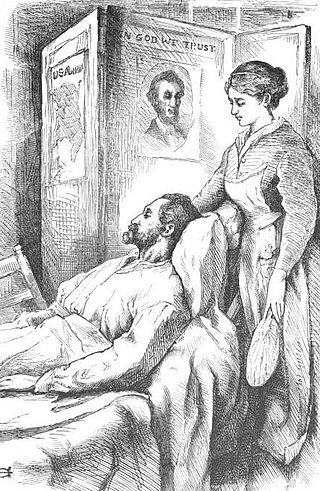
Hospital Sketches (1863) is a compilation of four sketches based on letters Louisa May Alcott sent home during the six weeks she spent as a volunteer nurse for the Union Army during the American Civil War in Georgetown.
Charles Capper was an American historian known for his work on Transcendentalism and his biographies of Margaret Fuller.

Samuel Gray Ward was an American poet, author, and minor member of the Transcendentalism movement. He was also a banker and a co-founder of the Metropolitan Museum of Art. Among his circle of contemporaries were poets and writers such as Ralph Waldo Emerson and Margaret Fuller who were deeply disappointed when Ward gave up a career in writing for business just before he married.

Caroline Sturgis Tappan, commonly known as Caroline Sturgis, or "Cary" Sturgis, was an American Transcendentalist poet and artist. She is particularly known for her friendships and frequent correspondences with prominent American Transcendentalists, such as Margaret Fuller and Ralph Waldo Emerson. Sturgis published 25 poems in four different volumes of The Dial, a Transcendental periodical. She also wrote and illustrated two books for children, Rainbows for Children (1847) and The Magician’s Show Box, and Other Stories (1856).